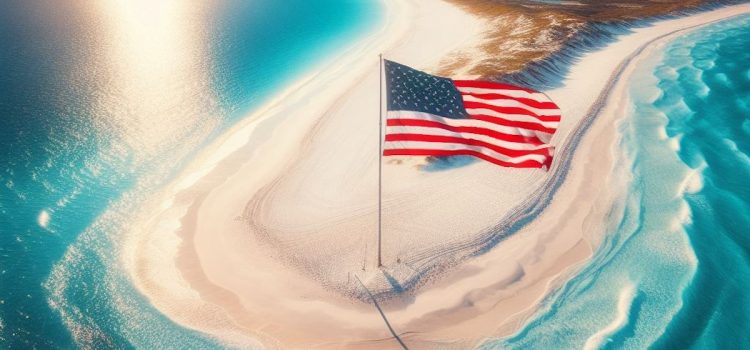
What was the status of Native Americans in the 1900s? Were they still subjected to oppression?
In the early 1900s, Native Americans were targeted by legislation that forced them to become United States citizens and took away their rights as indigenous nations. During this time, Native Americans also fought back and sought to secure safe places for their nations to live and thrive.
Keep reading to see how things were for indigenous people in the United States during the 20th century.
Genocidal US Policies During the Early 1900s
As industrialization ushered in the 20th century, the US began to apply the tactics it had used to suppress Native Americans against other indigenous peoples in places like Hawaii, Alaska, and the Philippines. This process, known as imperialism, helped the US achieve its position as a global superpower by concentrating wealth, power, and control of lands and natural resources in the hands of US institutions, and Native Americans in the 1900s were directly affected. The US used these resources to increase its military power—for example, the military tested nuclear weapons in Pacific territories it controlled as well as in deserts belonging to Native Americans—which decreased oppressed peoples’ willingness and ability to resist occupation and colonization.
(Shortform note: Some experts use “colonialism” and “imperialism” interchangeably, while others argue that there are important differences between them. One difference is that colonialism involves the migration of settlers from a dominant region to exert control over another region, while imperialism involves any means of overpowering a subordinate region. You might call the US’s actions in places like Hawaii, Alaska, and the Philippines “colonialism” because US settlers migrated to these places, which were officially labeled “colonies” until the term became politically incorrect. The practice of testing nuclear weapons in colonized regions, known as “nuclear colonialism,” harmed the health of indigenous peoples.)
In the early 1900s, Congress introduced three pieces of legislation that significantly affected Native American life. First, the Indian Citizenship Act of 1924 (ICA) bestowed US citizenship upon all Native Americans whether they wanted it or not. This law was intended to promote assimilation and the eventual erasure of indigenous cultures. These goals were also supported by blood quantum laws, which mandated that to legally identify as a Native American, you must prove that a certain percentage of your ancestors were indigenous. However, Native Americans had a hard time assimilating because at the time, the US was experiencing an intellectual wave of pro-eugenics and other pseudoscientific racist beliefs.
(Shortform note: Experts from the Onondaga Nation note that the ICA didn’t bestow full citizenship on Native Americans, since Native Americans were targeted by Jim Crow-like voter suppression policies in various states until the 1965 passage of the Voting Rights Act (some experts believe this problem is ongoing). Blood quantum laws (which persist today) were also effectively pro-eugenics: The eugenics movement aimed to produce genetically perfect (meaning white) humans by controlling reproduction, and blood quantum laws were established to prevent the birth of mixed native-white children. Pro-eugenics US policies also resulted in the mass forced sterilization of Native American women from 1970 to 1976.)
Second, in 1934, the Indian Reorganization Act (IRA) was passed. The IRA halted allotment, required the government to expand reservations, and empowered native nations to form their own governments if they wanted to. Dunbar-Ortiz explains that despite its promise, the IRA didn’t really slow assimilation—tribal governments were usually led by elites who embraced Anglo-American culture to the detriment of indigenous traditions. Third, in the 1950s, the US introduced termination legislation. Termination involved erasing the special status of Native American populations, transferring native governance matters to state and federal agencies, and trying to break up reservations by paying for native youth to relocate to cities.
(Shortform note: Despite the IRA’s downsides, it also had some positive effects, including the expansion of tribal reservations and children’s access to education. As for termination legislation, experts say that its purpose was to end any responsibility the US had to honor treaties or other duties it had with Native American governments. The urban relocation program was part of this plan: US officials hoped they could use it to slowly decrease the populations of—and eventually shut down—reservations so they’d no longer be responsible for their management. The US heavily advertised the benefits of this program, but in practice, many of the relocated youth were abandoned to urban poverty and homelessness).






